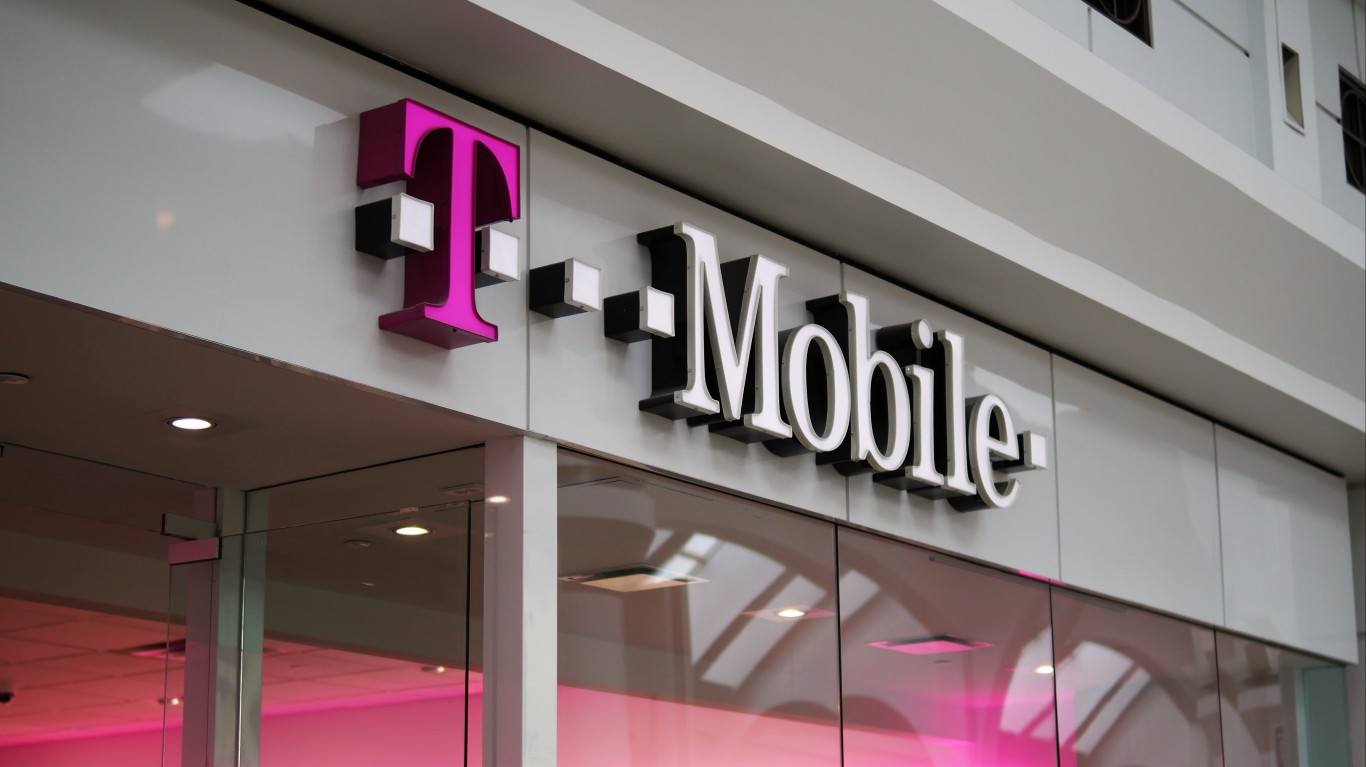 The Bell System divestiture was the final act in an epic antitrust battle between the phone company and the federal government. It caused AT&T to shed its local phone companies in 1984. The legal action was hardly worth the time. M&A has put most of the pieces of the old company back together again.
The Bell System divestiture was the final act in an epic antitrust battle between the phone company and the federal government. It caused AT&T to shed its local phone companies in 1984. The legal action was hardly worth the time. M&A has put most of the pieces of the old company back together again.
It is time to break apart AT&T, but this time it is in the interest of shareholder value and not concerns about any monopoly. AT&T is not free of antitrust issues. Its proposed buyout of T-Mobile, which will create the largest cellular provider in the US, will get plenty of government scrutiny although few experts expect the deal to be turned down.
The problem that AT&T poses for shareholders is that it is two companies. One of them, the cellular business, is growing quickly, although more slowly than in past years. The other, the firm’s landline business, is shrinking. When the two parts are kept under one umbrella, investors are left to wonder if the downward trend of landlines will be shored up by improvements in the wireless segment.
Last year, AT&T’s wireline voice revenue dropped more than 12% to $28.3 billion. It has shrunk at a similar rate for three years. Wireless service revenue rose 10% to $53.9 billion. The two units are really two separate companies. They are different technically and have vastly different financial needs. AT&T faces billions of dollars of costs to keep it 3G network competitive. It will have to add billions more to add and support its 4G enterprise. The landline infrastructure, however, needs little more than relatively inexpensive maintenance.
AT&T shareholders have paid an awful price for the blend of its two major businesses. The Telco’s stock is down from over $42 in late 2007 to $30 today. Investors can take some comfort in AT&T’s dividend yield of 5.6%, but the primary reason to purchase a tech stock is not its dividend.
AT&T has a chance to spin-off its old business into a no-growth. high-dividend operation. What would be left is the country’s largest cellular operator. If AT&T’s strategy to buy T-Mobile for its “synergies”, investors will benefit. If AT&T’s strategy to get more money per wireless customer by charging new fees for data use and 4G services works, the wireless part of AT&T will be not only a growth business, but a highly profitable one.
The AT&T board of directors can do investors a service and offer not one publicly traded stock but two.
Douglas A. McIntyre
Travel Cards Are Getting Too Good To Ignore (sponsored)
Credit card companies are pulling out all the stops, with the issuers are offering insane travel rewards and perks.
We’re talking huge sign-up bonuses, points on every purchase, and benefits like lounge access, travel credits, and free hotel nights. For travelers, these rewards can add up to thousands of dollars in flights, upgrades, and luxury experiences every year.
It’s like getting paid to travel — and it’s available to qualified borrowers who know where to look.
We’ve rounded up some of the best travel credit cards on the market. Click here to see the list. Don’t miss these offers — they won’t be this good forever.
Thank you for reading! Have some feedback for us?
Contact the 24/7 Wall St. editorial team.



